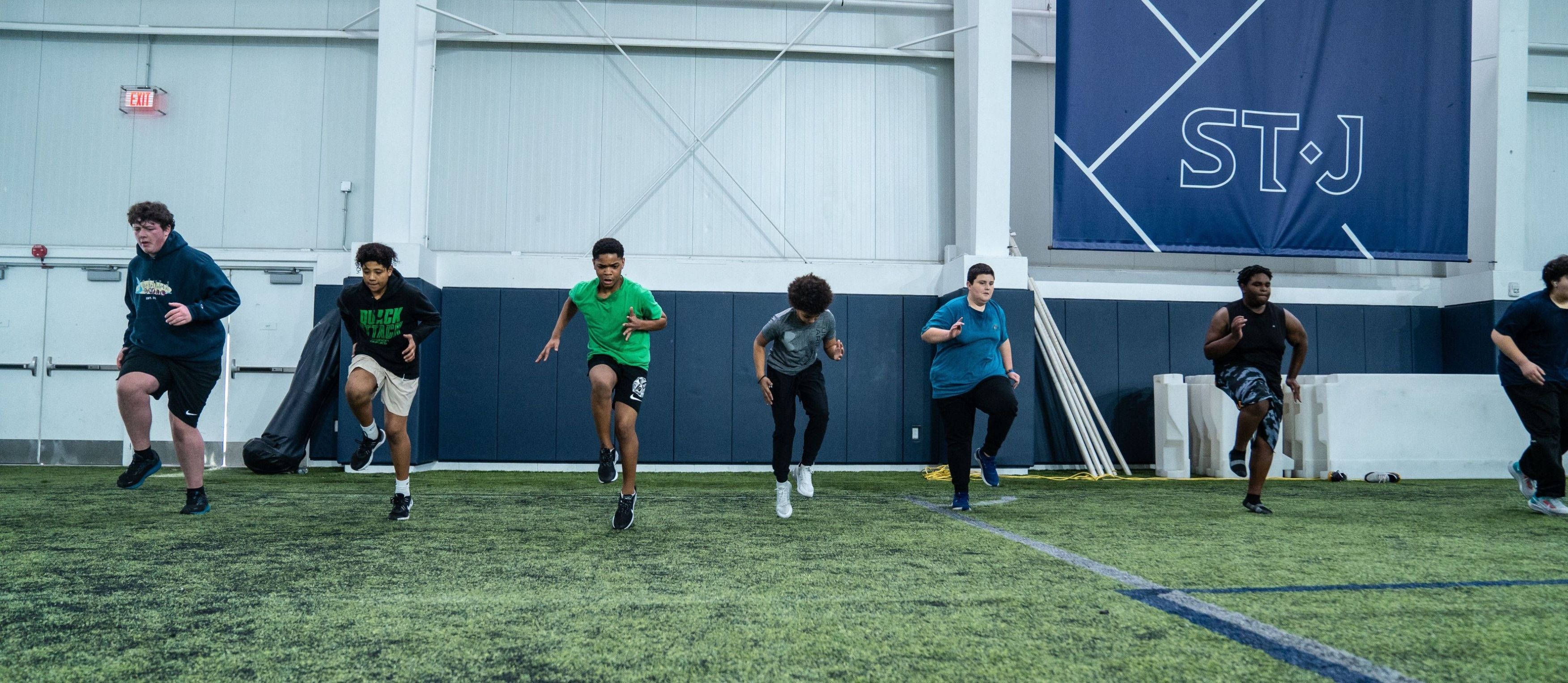How to help your young athlete manage pain

by Richard Sisson, MD, sports medicine and orthopedics specialist at Kaiser Permanente
Children who lead an active lifestyle or play youth sports are bound to experience pain at some point, whether caused by an injury, overuse, or just from exercise. It’s important for parents to understand when pain can be managed with home treatment or rest vs. signs that their child should seek medical care.
What’s considered normal pain?
It’s not unusual for young athletes to have some pain or discomfort after playing or exercising, particularly if they’re just starting in the sport or kicking off a new routine. This achiness is a result of microscopic tears and inflammation and is known as delayed onset muscle soreness, or DOMS. Experiencing DOMS is quite normal and typically occurs within 24 to 48 hours after the activity. It also indicates that the exercise was productive.
However, there are things that your child can do to minimize discomfort, speed recovery, and prevent soreness. These include:
- Applying ice to the affected area
- Getting sufficient rest
- Eating protein or carbs within 30 minutes of exercising
- Adding a warm-up and cool-down to their routine
What should you look out for?
If your child experiences pain, numbness, or burning following an exercise routine, it may suggest an injury to a muscle, tendon, or nerve, which might require medical treatment and rest to recover.
Additionally, look out for these symptoms, which may indicate dehydration or cardiovascular issues:
- Shortness of breath
- Chest pressure
- Lightheadedness
- Weakness
If your child exhibits any of these symptoms, have them checked out by their doctor.
If your child is feeling sharp muscle or joint pain, they can try gently massaging the area and stretching to assess range of motion. If it improves, they can cautiously try to exercise again. If it doesn’t improve, they shouldn’t try to push through the pain, and should sit on the sidelines until it does.
How to recognize a sports injury
If your child’s pain is due to a sports injury, first determine which of the two types of sports injuries it may be. A severe injury would include a sprain, dislocation, or fracture, which would require immediate medical attention. Symptoms may include:
- Acute pain
- Swelling or bruising
- Loose or unstable joints
- Inability to put weight on leg or move a joint normally
- Extreme weakness in leg or arm
- Tenderness in the affected area
- A bone or joint visibly out of place
The second type includes persistent or overuse injuries, which happen gradually. Although not typically emergencies, contact your child’s doctor if they experience these symptoms:
- Ongoing pain during exercise or normal activities
- A dull ache during rest
- Swelling
Your child’s doctor will likely prescribe rest (see more below about the RICE method) and anti-inflammatory drugs to reduce pain and inflammation. The doctor may stabilize the leg or arm with a sling or splint to expedite recovery and healing. Under certain circumstances, an injury might require surgery.
Using the RICE method
Your child’s doctor may recommend the RICE method to recover from an injury from home:
- Rest. Make sure your child gets enough rest to promote recovery. They may be able to do light exercise that’s easy on joints, like swimming or water aerobics.
- Ice the injured area no more than 20 minutes per session, four to eight times a day, for the first 48 hours to reduce inflammation. After that, you can use heat promote circulation and healing of the injury.
- Compress with an elastic bandage, orthopedic boot, air cast, or splint, depending on the injury and what your child’s doctor recommends.
- Elevate the injury above your child’s heart with a pillow to decrease swelling.
Encourage your young athlete to pay attention to form
Aside from consistently warming up and cooling down, the best way to help your child prevent injury is to practice proper form while exercising or participating in sports. Make sure they’re doing movements accurately, asking for help if needed, when working out with weights. On equipment such as treadmills or elliptical trainers, they should be aware of their posture and placement of feet, and make sure they maintain their balance.
Most importantly, encourage your young athlete to listen to their bodies, and take breaks when needed, so they can get back to the game and off the sidelines.
Kaiser Permanente is honored to partner with The St. James to help keep our young athletes healthy and thriving, both on and off the field.
____________________
Kaiser Permanente’s sports medicine program offers high-quality care from a multidisciplinary team including orthopedists, podiatrists, physician medicine and rehabilitation specialists, and adult and family medicine doctors with expertise in sports medicine. Everyone works together to help athletes overcome sports injuries so they can get back on the field. Learn more about Kaiser Permanente’s sports medicine program

Richard Sisson, MD, sports medicine and orthopedics specialist at Kaiser Permanente
